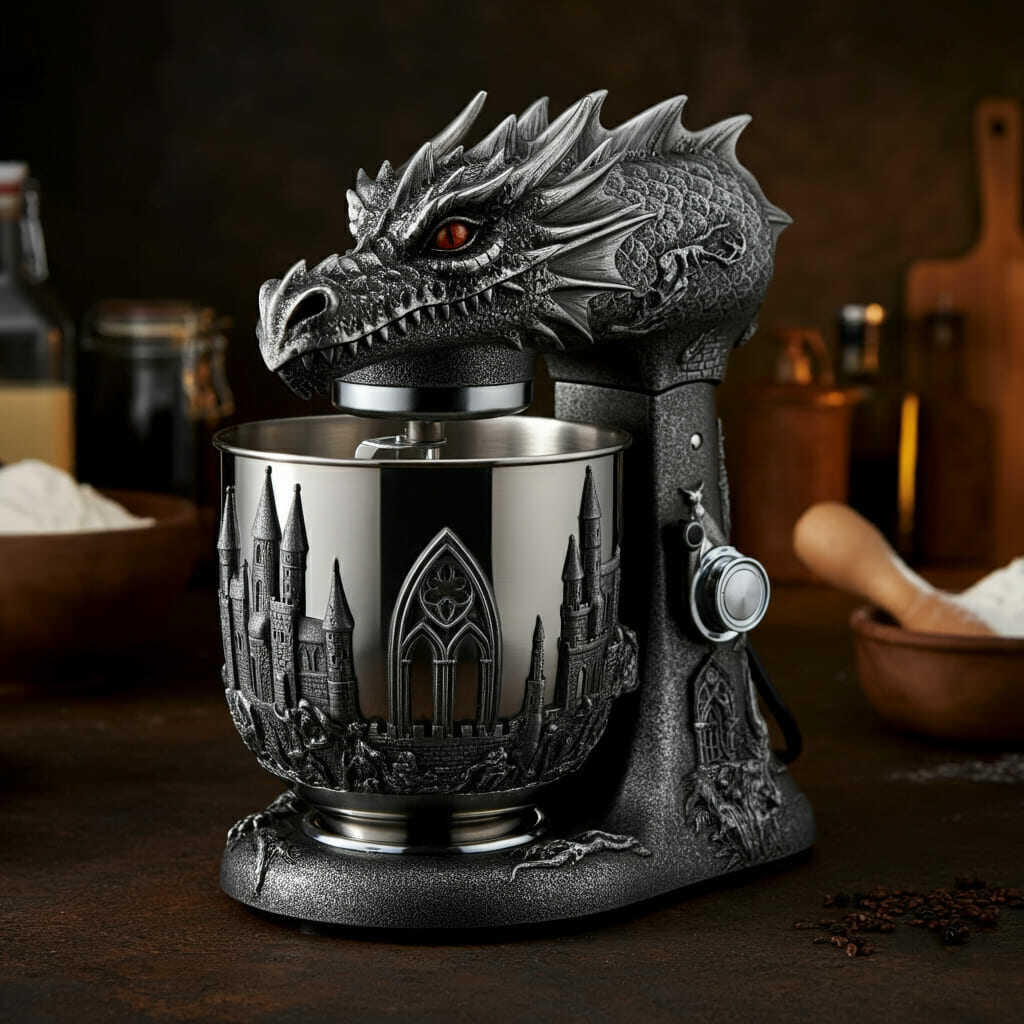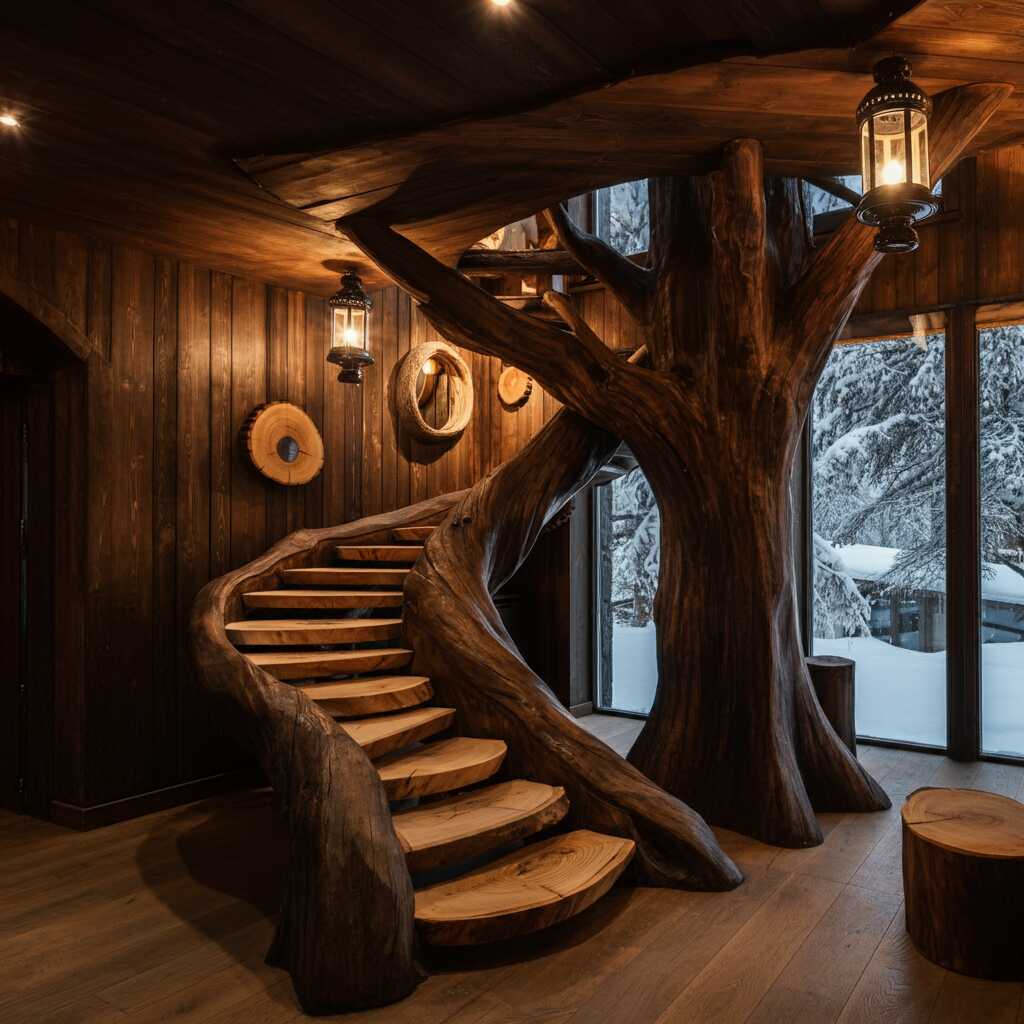In the evolving landscape of modern furniture design, where form often competes with function, certain pieces manage to harmonize both in a way that transcends mere utility. Among these standout innovations is the Butterfly Lounger—a design concept that has captivated interior designers, architects, and homeowners alike. More than just a seat, the Butterfly Lounger represents a philosophy of living—one that prioritizes personal comfort without compromising on visual elegance.
The name “Butterfly Lounger” evokes imagery of lightness, grace, and transformation—qualities that are deeply embedded in its design. This article explores how Butterfly Loungers have become a symbol of contemporary lounging culture, seamlessly blending ergonomic support with artistic expression. As we delve into the origins, evolution, and cultural impact of these loungers, it becomes clear that their appeal lies not only in their physical attributes but also in the emotional experience they offer.
This exploration will be divided into three major parts: The Evolution of Lounge Design , The Anatomy of a Butterfly Lounger , and Cultural Impact and Interior Integration . Each section will unpack different dimensions of the Butterfly Lounger’s significance, illustrating how this piece of furniture serves as more than just an object—it’s a lifestyle statement.
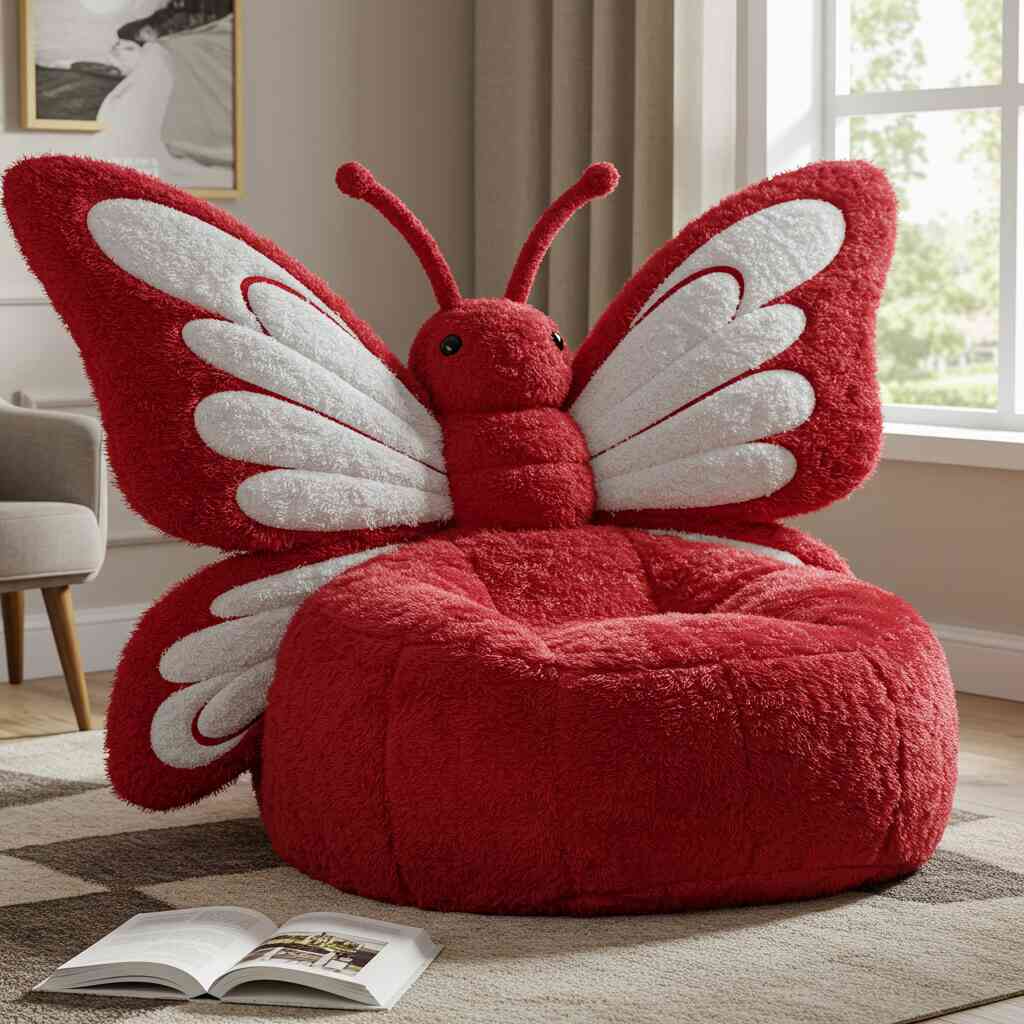
Part I: The Evolution of Lounge Design
From Functionality to Form
Furniture design has undergone a dramatic transformation over the centuries, especially when it comes to lounging. In ancient civilizations, lounging was often associated with status and leisure. Think of the reclining couches of Roman banquets or the intricate daybeds found in Egyptian tombs—these were not merely places to rest but symbols of opulence and refinement.
As societies evolved, so too did the concept of relaxation. The Industrial Revolution brought mass production, making lounging furniture more accessible to the general public. However, early lounge chairs were primarily utilitarian, focusing on basic comfort rather than aesthetic innovation. It wasn’t until the mid-20th century that designers began to explore the intersection of ergonomics and artistry, giving rise to iconic pieces like the Eames Lounge Chair and the Barcelona Chair.
These designs laid the groundwork for what would eventually become the Butterfly Lounger. They demonstrated that furniture could be both functional and beautiful, sparking a movement toward expressive seating solutions. As design philosophies shifted from rigid forms to organic shapes, the stage was set for a new kind of lounge chair—one that embraced fluidity, openness, and a sense of weightlessness.
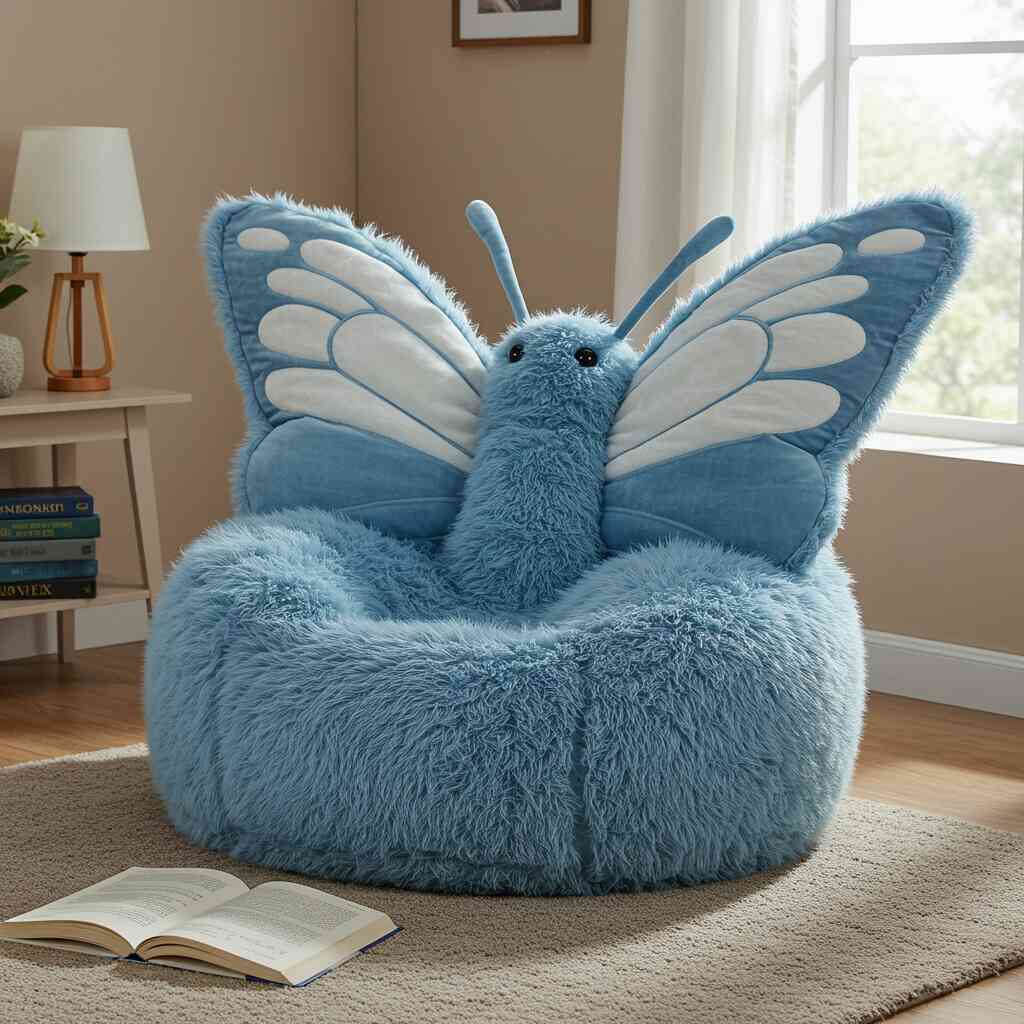
The Birth of the Butterfly Lounger Concept
The term “Butterfly Lounger” likely emerged from the visual similarity between the chair’s silhouette and the wings of a butterfly. Unlike traditional lounge chairs that emphasize structure and angular lines, Butterfly Loungers often feature sweeping curves, open backs, and asymmetrical forms. These characteristics create an illusion of movement, even when the chair is stationary.
The design philosophy behind the Butterfly Lounger draws inspiration from nature, particularly the natural world’s emphasis on balance and harmony. Designers sought to capture the delicate yet resilient qualities of a butterfly—its ability to float effortlessly while maintaining structural integrity. This duality became central to the development of the Butterfly Lounger, which aims to provide deep physical comfort while maintaining a visually light and airy presence.
Moreover, the introduction of new materials such as molded plastics, bent wood, and advanced foam technologies allowed for greater experimentation in shape and form. Designers could now craft loungers that conformed to the body’s contours without sacrificing elegance. The result was a new generation of seating that blurred the line between sculpture and functionality.
Modern Interpretations
Today, Butterfly Loungers come in various interpretations, each reflecting the cultural and technological advancements of its time. Some versions embrace minimalism, using clean lines and neutral tones to create a sense of calm within a space. Others take a more maximalist approach, incorporating bold colors, textured fabrics, and sculptural elements that serve as focal points in any room.
What unites all variations of the Butterfly Lounger is the shared commitment to creating an immersive lounging experience. Whether placed in a private study, a sunlit conservatory, or a minimalist apartment, these loungers invite users to slow down, relax, and engage with their surroundings in a more mindful way.
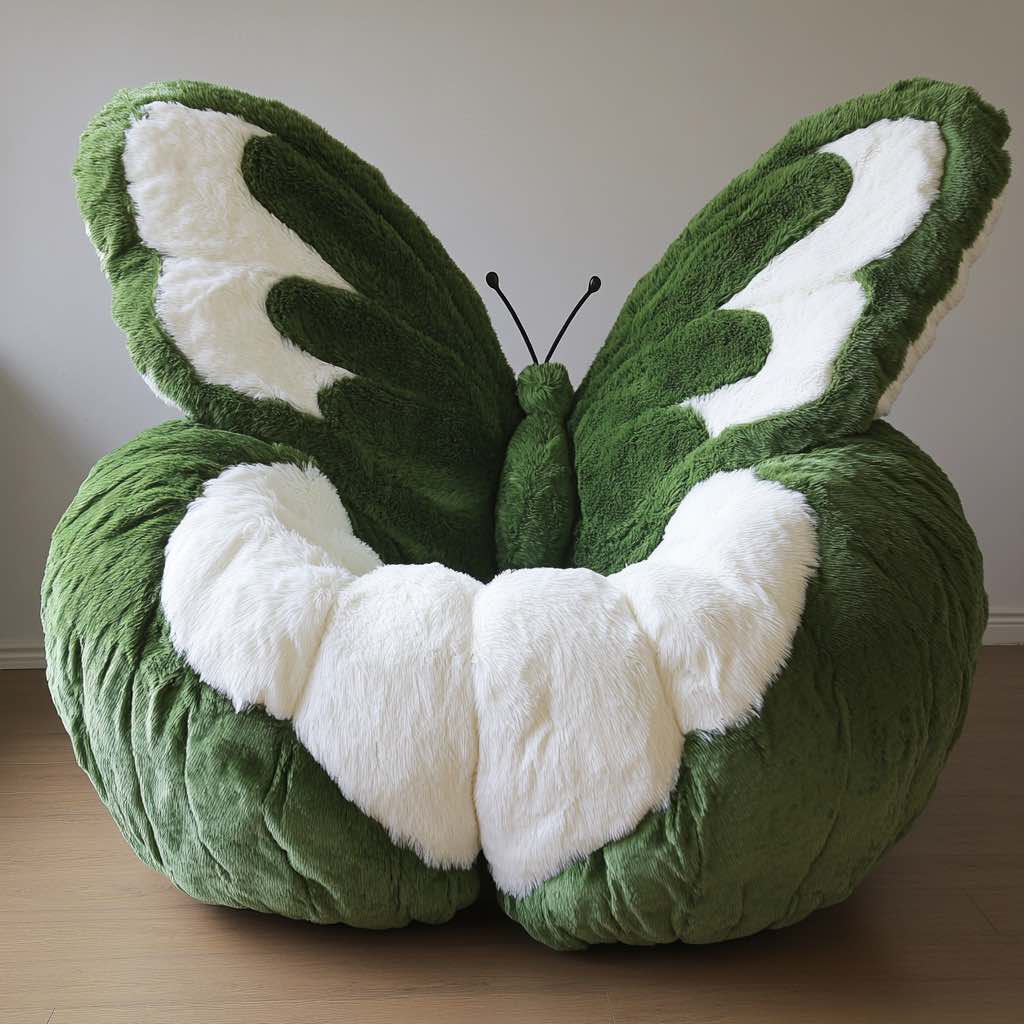
Part II: The Anatomy of a Butterfly Lounger
Ergonomic Excellence
At the heart of every Butterfly Lounger lies a deep understanding of human anatomy and the science of comfort. Unlike conventional recliners or armchairs, which may prioritize posture correction or support, Butterfly Loungers aim to cradle the body in a way that feels intuitive and natural. Their design encourages a relaxed, semi-reclined position that distributes weight evenly across the seat and backrest.
One of the defining features of many Butterfly Loungers is their contoured seating surface, which gently conforms to the user’s body. This is often achieved through the use of high-density foam cores wrapped in softer padding layers. The result is a plush yet supportive feel that allows for extended periods of lounging without discomfort.
Additionally, the placement and angle of the backrest play a crucial role in enhancing comfort. Many Butterfly Loungers feature a slightly curved or open-back design that mimics the natural curvature of the spine. This not only promotes better posture but also prevents the feeling of being “trapped” by the chair—a common issue with overly structured seating options.
Visual Lightness and Openness
While physical comfort is essential, the aesthetic appeal of Butterfly Loungers cannot be overstated. One of the most striking aspects of these loungers is their ability to appear lightweight and unobtrusive, even when they are substantial in size. This visual lightness is achieved through a combination of design choices:
- Curved Silhouettes : The flowing, wing-like curves of the chair’s frame give it a dynamic appearance. These curves suggest motion and freedom, contrasting sharply with the static rigidity of traditional lounge chairs.
- Open Back Designs : Rather than enclosing the user in a full backrest, many Butterfly Loungers incorporate open or partially exposed backs. This creates a sense of airiness and allows the chair to blend more seamlessly into the surrounding space.
- Slim Profiles : Despite their generous proportions, Butterfly Loungers often maintain slim profiles. This makes them ideal for smaller rooms or spaces where maximizing floor area is a priority.
- Material Transparency : Some modern iterations use transparent or semi-transparent materials like acrylic or glass for the chair’s legs or supports. This further enhances the illusion of lightness and adds a touch of modern sophistication.
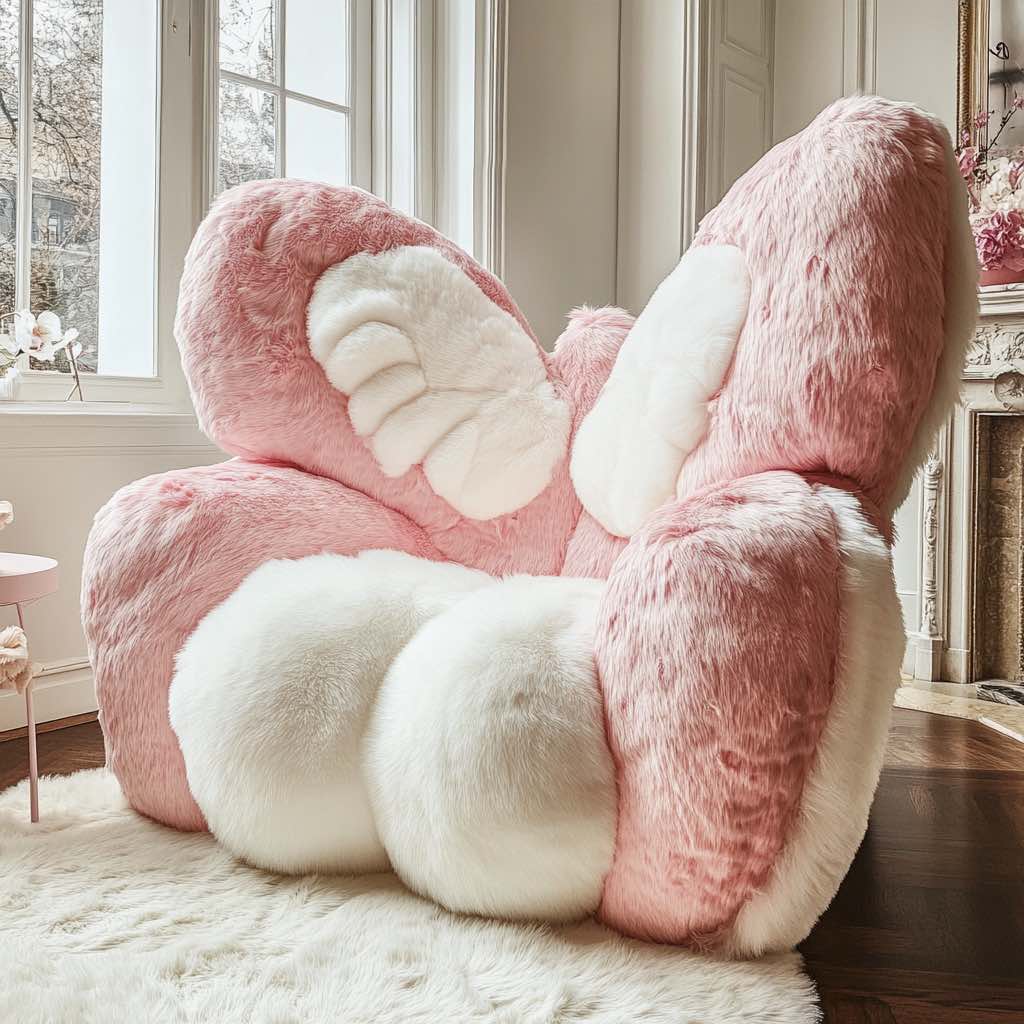
Material Innovation and Craftsmanship
Another key aspect of the Butterfly Lounger’s design is the thoughtful selection of materials. Designers carefully consider not only the tactile qualities of the fabric or finish but also how these materials interact with light, temperature, and the overall ambiance of a room.
High-quality textiles such as velvet, linen, and performance-grade microfibers are commonly used for upholstery, offering both durability and sensory pleasure. Leather remains a popular choice for those seeking a timeless, luxurious look. Meanwhile, eco-conscious designers are increasingly turning to sustainable materials like organic cotton, recycled synthetics, and plant-based leathers to align with modern environmental values.
Underneath the upholstery, the structural components of the lounger are equally important. Solid wood frames, reinforced metal bases, and engineered composites ensure longevity and stability. The craftsmanship involved in assembling these components reflects a dedication to both form and function, ensuring that the chair remains structurally sound while maintaining its elegant appearance.
Color and Customization
Color plays a significant role in shaping the personality of a Butterfly Lounger. While neutral tones like beige, gray, and cream are favored for their versatility and calming effect, bolder hues such as emerald green, sapphire blue, and terracotta can make a powerful design statement. Some models even allow for dual-tone finishes, combining contrasting colors for added visual interest.
Customization options have also expanded in recent years. Users can choose from a variety of leg styles, armrest configurations, and cushion densities to tailor the lounger to their specific preferences. This level of personalization ensures that each Butterfly Lounger can reflect the unique tastes and lifestyles of its owner.
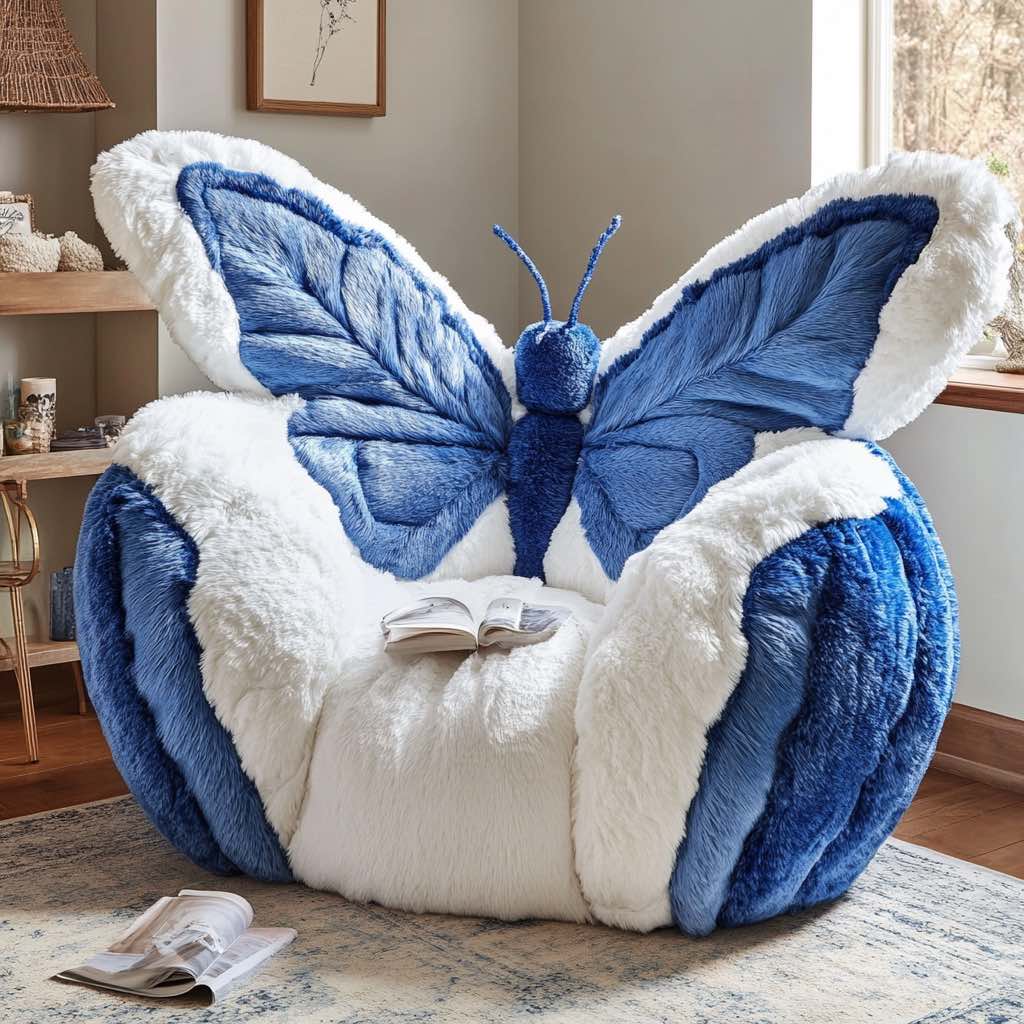
Part III: Cultural Impact and Interior Integration
Redefining Relaxation Spaces
The Butterfly Lounger has played a pivotal role in redefining how we think about relaxation spaces within the home. Traditionally, lounging areas were confined to living rooms or dedicated reading nooks. However, the adaptability of the Butterfly Lounger has encouraged homeowners to rethink where and how they unwind.
These loungers are now commonly found in bedrooms, home offices, balconies, and even bathrooms—spaces where one might seek solitude or quiet reflection. By placing a Butterfly Lounger in an unexpected location, individuals can transform ordinary corners into sanctuaries of comfort and style.
Moreover, the presence of a Butterfly Lounger signals a shift toward self-care and intentional living. In a fast-paced world filled with digital distractions, having a designated space for unwinding becomes essential. The act of settling into a Butterfly Lounger—whether to read, meditate, or simply gaze out a window—becomes a ritual of mindfulness and presence.
Influence on Interior Design Trends
Interior design trends have long been influenced by furniture that challenges convention. The Butterfly Lounger fits squarely into this category, inspiring new approaches to layout, spatial planning, and decor styling.
One notable trend is the integration of curvilinear furniture into otherwise angular environments. Designers are pairing Butterfly Loungers with straight-lined sofas, sharp-edged coffee tables, and geometric wall art to create contrast and visual intrigue. This juxtaposition highlights the lounger’s softness and fluidity, making it a natural centerpiece in eclectic interiors.
Another trend is the use of color blocking and texture layering. Designers often place a vibrantly colored Butterfly Lounger against a neutral backdrop to create a focal point. Alternatively, they might combine it with other textural elements like woven rugs, ceramic vases, or metallic accents to enhance the sensory experience of the space.
The Butterfly Lounger has also contributed to the resurgence of biophilic design—an approach that emphasizes connections to nature within built environments. Its organic shape and often earthy color palettes make it a perfect fit for interiors that incorporate plants, natural wood, and large windows. In this context, the lounger becomes more than just a piece of furniture; it becomes a bridge between indoor comfort and outdoor serenity.
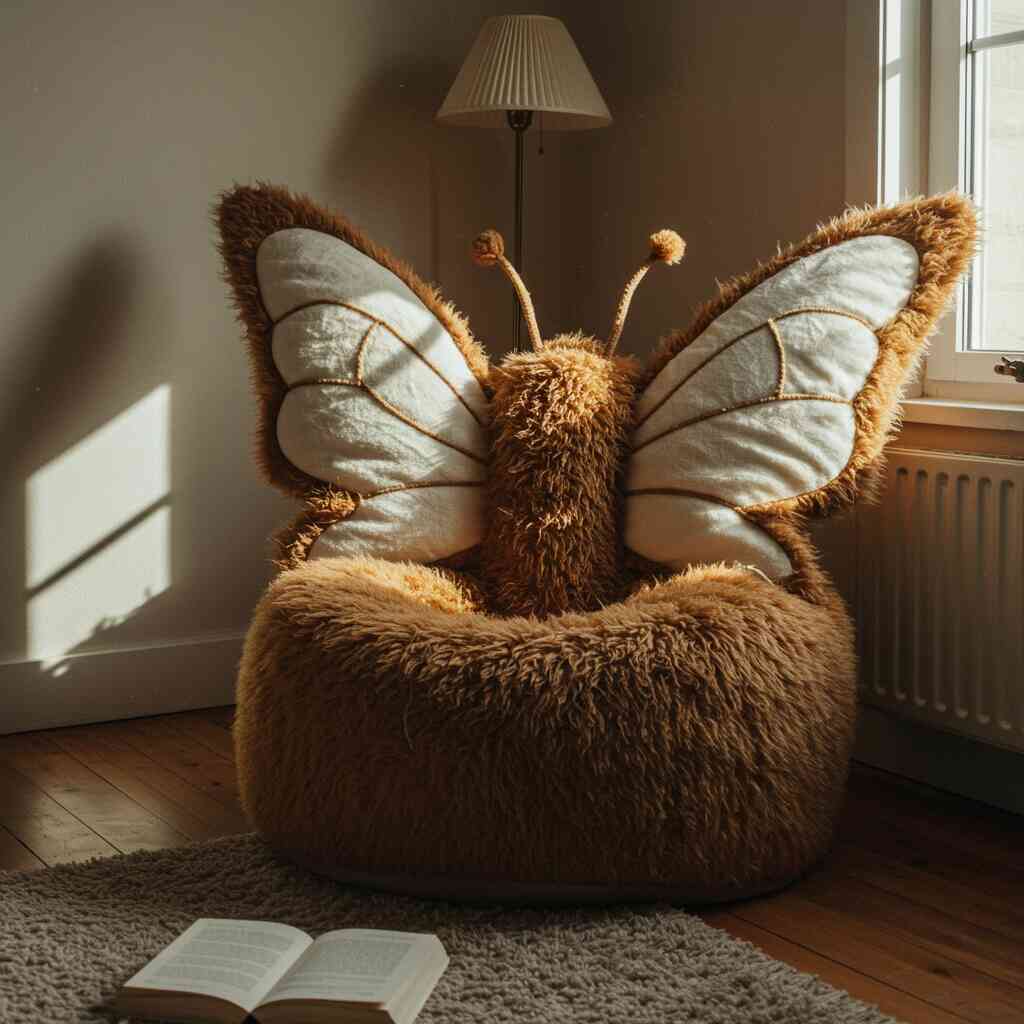
Symbolism and Lifestyle Expression
Beyond aesthetics and functionality, the Butterfly Lounger carries symbolic meaning. Much like the insect after which it is named, the lounger represents transformation, renewal, and beauty in simplicity. Owning and using a Butterfly Lounger can be seen as an assertion of personal identity—a declaration that one values comfort, creativity, and the pursuit of joy.
In a broader cultural context, the popularity of the Butterfly Lounger reflects shifting societal attitudes toward work-life balance, mental health, and holistic well-being. People are increasingly recognizing the importance of carving out time for themselves, and the Butterfly Lounger serves as both a literal and metaphorical invitation to do so.
It also appeals to those who appreciate craftsmanship and storytelling in design. Every curve, stitch, and material choice tells a story of intention and care. For design enthusiasts, collecting or displaying a Butterfly Lounger becomes a way to celebrate the artistry of everyday objects.
Integration into Public and Commercial Spaces
The influence of the Butterfly Lounger extends beyond residential settings. In commercial interiors—such as boutique hotels, upscale cafes, co-working spaces, and luxury spas—the lounger has become a signature element that elevates the customer experience.
Hotels, in particular, have embraced the Butterfly Lounger as a way to differentiate themselves in a competitive market. Placing these loungers in lobbies, rooftop terraces, or private suites offers guests a moment of respite and indulgence, reinforcing the brand’s commitment to comfort and design excellence.
Similarly, wellness centers and meditation studios often incorporate Butterfly Loungers into their layouts to create serene, inviting environments. The lounger’s gentle form and soothing presence contribute to an atmosphere of tranquility and introspection.
Even in corporate settings, where productivity is paramount, companies are beginning to recognize the value of providing comfortable break areas. Butterfly Loungers offer employees a chance to recharge mentally and physically, ultimately enhancing workplace morale and efficiency.
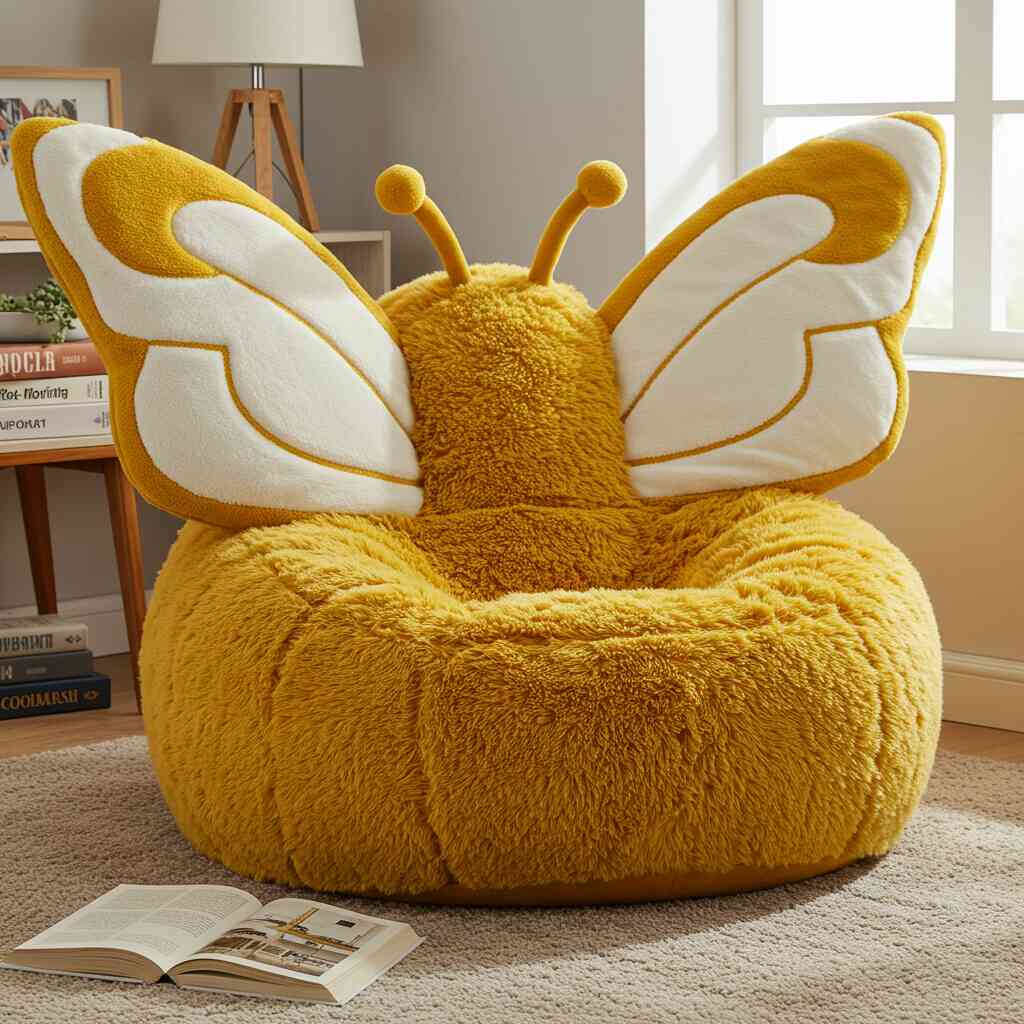
Conclusion
The Butterfly Lounger stands at the crossroads of innovation, artistry, and human-centered design. It is more than a chair—it is a vessel for relaxation, a canvas for personal expression, and a testament to the evolving relationship between people and their environments. Through its seamless fusion of comfort and aesthetic appeal, the Butterfly Lounger invites us to reimagine how we live, rest, and connect with the spaces around us.
From its roots in historical lounging traditions to its current status as a contemporary design icon, the Butterfly Lounger continues to inspire and evolve. As our lives become increasingly complex, these loungers remind us of the simple pleasures of sitting still, breathing deeply, and embracing the beauty of the present moment.
Whether nestled in a cozy corner of a home or serving as a sculptural centerpiece in a public space, the Butterfly Lounger embodies a philosophy of life that values balance, grace, and intentional living. In a world that often moves too quickly, it offers a gentle reminder to pause, lean back, and let go—just like a butterfly resting on a flower, poised for flight yet perfectly still.
